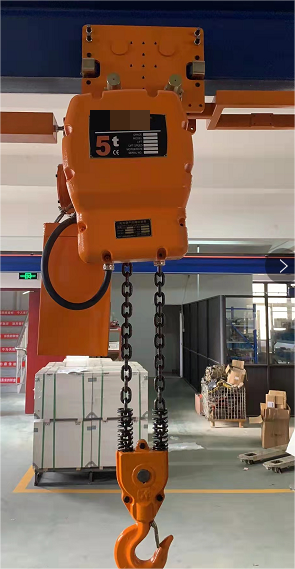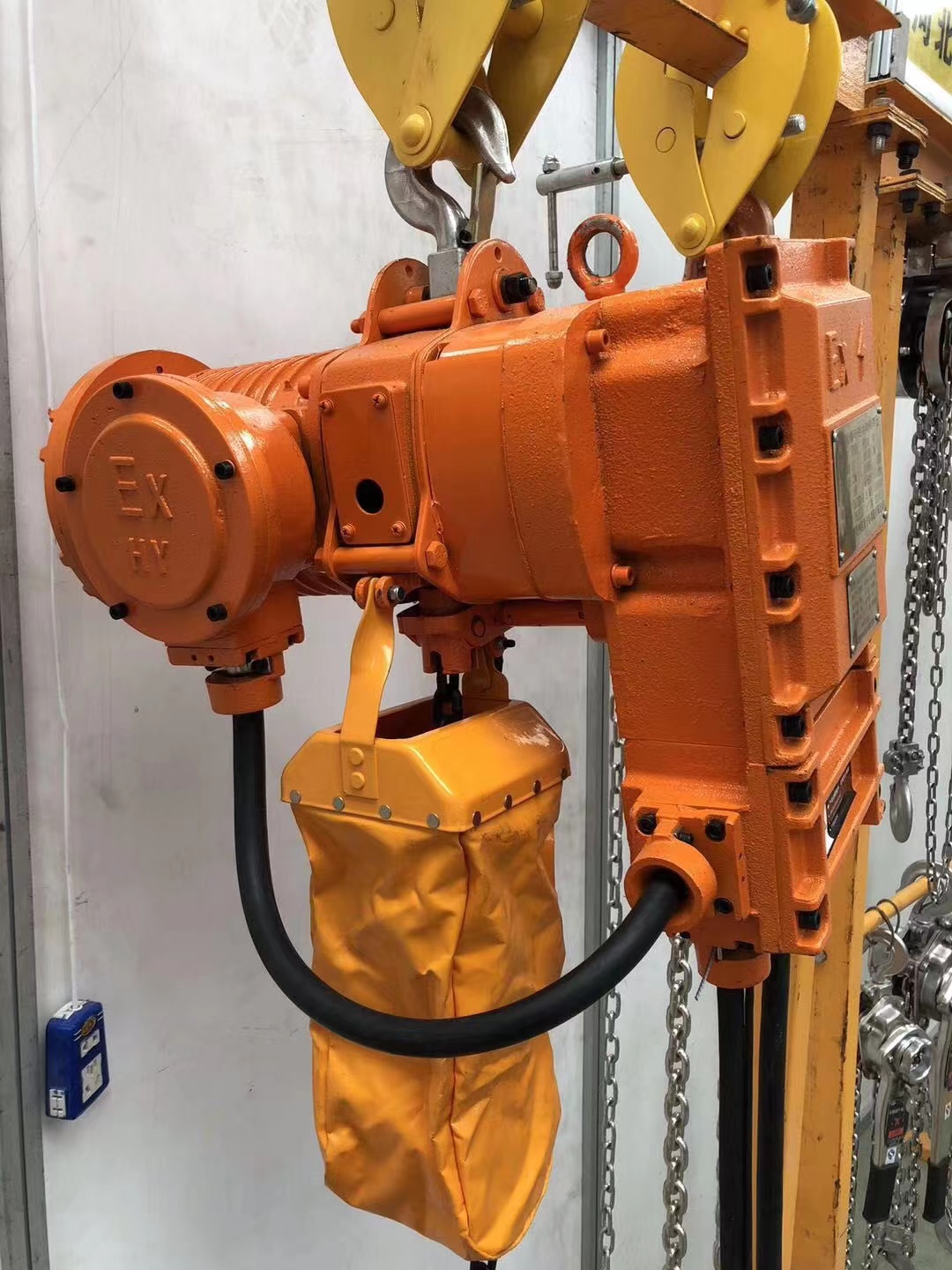At the beginning of the new year, the export of natural gas buses in China ushered in a good start. On January 2, 2010, 157 natural gas buses from Dajinlong were formally shipped and exported to Peru. This is the first time that natural gas buses manufactured in Xiamen have been exported to South America. They have also opened the door for the Chinese bus industry to export Peru. The reason why Da Jinlong was able to obtain Peruvian bulk orders was on the one hand that the international competitive advantage of domestic passenger car products became more obvious; on the other hand, it was the demand for natural gas buses in the Peruvian market.
The government strongly supports oil to gas
On January 7, 2010, the Peruvian Ministry of Energy and Mines announced that the total number of vehicles powered by natural gas and liquefied petroleum gas in Peru has now reached 141,000. Peru's Minister of Energy and Mining Pedro Sanchez said that the total number of natural gas vehicles has reached 81,000, and the total number of LPG vehicles is 60,000.
In recent years, the Peruvian government has vigorously promoted clean fuel vehicles and given financial subsidies and policy incentives to owners of clean fuel vehicles. Under the government's incentive measures, many vehicles were converted from natural gas to diesel fuel.
On October 25, 2005, Peru’s former President Toledo announced in Lima, the capital, that the government will revamp all the vehicles in the state department to convert these vehicles to natural gas fuel. Toledo attended the opening ceremony of Peru's first natural gas filling station at the time and said that the government plans to promote the use of natural gas in the transportation industry to reduce the environmental pollution caused by the use of other fuels by vehicles and reduce the car’s dependence on oil. The government also encourages the use of natural gas fuels for buses and offers support to owners who are willing to switch to natural gas. To this end, the Peruvian government set up COFIGAS company to provide preferential loans for car owners. At present, 75% of oil-to-gas vehicles in Peru have received loans from the company.
The oil-to-gas campaign in Peru’s public transportation sector started with Lima. Starting in 2005, it plans to modify 60,000 buses and taxis, and then convert 130,000 buses and taxis throughout the country. The Peruvian government believes that natural gas vehicles are the cleanest vehicles currently, and it has an important role in reducing fuel consumption and gas emissions compared with oil. Moreover, the promotion of natural gas vehicles in the public transport sector is in line with the Peruvian government’s plan to develop a diversified public transport fuel structure.
In addition, the Peruvian government also supports fuel costs. In 2008, former Peruvian Minister of Energy and Mines Juan Valdivia requested that owners of compressed natural gas stations reduce their fuel costs by 2.5% and transfer this preference to consumers. This policy was implemented in May 2008. He said that the substantial reduction in the price of compressed natural gas will boost the consumption of the fuel by the automobile. He believes that the relevant departments have realized the importance of compressed natural gas and began to modify buses. At the same time, the Peruvian government requires energy suppliers to increase their efforts to build gas stations. By 2008, Lima and Callao had built more than 60 compressed natural gas stations.
Good prospects for gas buses
The adoption of gas vehicles to reduce emissions has become a breakthrough for Peru to improve the environment. In 1998, based on the World Bank's “Clean Air Action Planâ€, Peru launched the Lima-Callao Clean Air Action Plan, which aims to reduce the impact of transportation on the environment through policy implementation, including the development of imported vehicles. New technology standards and emission limits, increased inspection and maintenance of vehicles in use, vehicles that encourage the use of cleaner fuels, etc. At the same time, the action plan uses large-capacity buses to develop the BRT system. After this series of actions, Peru anticipates that sulfur dioxide emissions from diesel engines in Lima's public transportation will be reduced by 50%. According to statistics, liquefied petroleum gas (LPG) vehicles in Peru are scattered throughout the country, while natural gas vehicles are mainly concentrated in Lima and neighboring Callao.
The improvement of public transportation vehicles is the focus of the entire Clean Air Action Plan. In 1990, Lima’s public transportation vehicles were 10,000, and in 2003 it was 60,000. By 2010, it will climb to 200,000. Relatively speaking, the average length of scrap for buses in Peru is longer. For example, the average length of scrap for buses is 18 years, and the average length of scrap for minibuses and minibuses is 15 years and 11 years. Therefore, it is related to the success or failure of the Peru Clean Air Action Plan to allow buses to “drink†the gas through oil to gas.
Since the first bus in Peru reached oil-to-gas on December 3, 2007, the oil-to-gas conversion of buses has gradually advanced. In the selection of new vehicles, Peruvian bus operators are more inclined to choose natural gas buses. At present, about 60% of imported vehicles in Peru are equipped with diesel engines. With the popularity of gas vehicles, the number of imported diesel vehicles is gradually decreasing.
In the development strategy of Peru’s public transportation, natural gas buses will be the mainstay in the short term, and gas-electric hybrids and pure electric vehicles will be preferred in the medium term. The long-term goal is to use hydrogen fuel cells and synthetic fuel vehicles.
Firms compete for market share
In August 2009, the British test and measurement company OmniTek Engineering announced the formation of a joint venture with a Peruvian local company to specialize in the conversion of diesel engines to natural gas engines and to service trucks and buses equipped with OmniTek natural gas engines.
Werner Funk, CEO of OmniTek Engineering, said: “Peru is a very important market. First, the local natural gas infrastructure system is perfect to provide guarantee for the development of natural gas vehicles; Secondly, with the support of Peruvian bank loans, vehicle operations Enterprises have sufficient capital for engine modification and renewal; again, major energy suppliers (such as Peruvian Oil Company) have increased their supply of natural gas, all of which have prompted the rapid growth of natural gas vehicles."
According to Werner Funk, according to industry estimates, in the next few years, the conversion of Peruvian bus diesel engines will reach at least 20,000 units, and the conversion of truck diesel engines will reach 50,000 units. “At present, the number of heavy-duty diesel engines in the Peru market is around 50 units, which provides a vast market space for natural gas engine conversion companies.â€
OmniTek Engineering Corporation has taken a look at the natural gas engine market in Peru, and bus companies are targeting Peru’s entire vehicle procurement. In 2006, the Hungarian passenger car manufacturer Ikarus and a Peruvian company cooperated to introduce 8-meter, 12-meter passenger cars and 18-meter articulated buses in the Peruvian market, and participated in the BRT bidding in Lima.
According to Peru’s “Operational Journal†reported on November 27, 2009, Chinese autos have achieved rapid growth since entering the Peruvian market in 2006. In 2009, the Peruvian market sold 3,500 Chinese cars. If market demand continues to increase and the financial crisis slows, it is expected that sales will increase to 5,000 units in 2010.
In the 7th China International Automobile Tour 2009 (Chile and Peru), Yutong took the ZK6896HG natural gas bus to participate in the exhibition. It was precisely the potential demand for natural gas buses in the country.
Related Links
Peru is rich in natural gas resources
The reason why Peru chose gas as an alternative fuel for vehicles is its rich gas resources.
On November 5, 2009, Peruvian President Alan Garcia announced that exploration personnel discovered a huge natural gas field in the Amazon jungle region of the country. Preliminary exploration shows that the reserve can reach 4 trillion to 5 trillion cubic feet (1 cubic meter). The meter is about 35 cubic feet).
Garcia stated that the first well drilled by the exploration personnel had a total of 1.5 trillion cubic feet of natural gas. A total of five test wells were laid, and each well has abundant natural gas resources. “This is an important news, which means that Peru will increase tens of billions of dollars in income and attract large investments. If this result is confirmed, the additional reserve resources will enable Peru to advance toward energy safety and production capabilities. By 2050, energy production and consumption will be substantially guaranteed, which will lay the foundation for the sustainable development of the country."
It is reported that these natural gas resources in Peru will be mainly used for residential consumption, automotive fuel, mining development, petrochemical processing and exports.
According to statistics released by Peru's national oil company on January 7, 2010, the country's natural gas production in 2009 reached 122.68 billion cubic feet, an increase of 2.27% from 2008. According to figures released by Peru’s Ministry of Energy and Mining, Peru’s proven natural gas reserves have reached 16 trillion cubic feet.
Explosion-proof Electric Chain Hoist
Explosion-proof electric hoist is an explosion-proof lifting equipment designed and manufactured according to my country's new explosion-proof standard. Its explosion-proof form is "explosion-proof" explosion-proof electric hoist. The exposed explosion-proof parts of the hoist are made of special non-sparking materials, and the explosion-proof performance is safe and reliable.
Detailed introduction:
Explosion-proof electric hoists are mainly suitable for various dangerous places of Class I and Class II Class A.B, and the temperature group is T 1 --T 4!
Explosion-proof electric hoist is a light and small lifting equipment. Explosion-proof electric hoist is small in size, light in weight and large in lifting capacity. When the factory building is filled with dangerous mixtures, it can improve working conditions and increase labor productivity under the premise of ensuring safety. The favorable tool is the necessary mechanical equipment for production.
Scope of application:
The electric hoist should be guaranteed to work under the following working conditions:
1. The altitude does not exceed 2000m
2. The relative humidity of the surrounding air is not more than 95% (+25°C)
3. Surrounding medium temperature: -5°C--+40°C
4. In a mine with a vibrant mix
5. In places with significant shaking and impact vibration
6. Pollution level: Level 3
7. Safety category: Class II


Explosion-Proof Electric Chain Hoist,Explosion-Proof Electric Chain Hoist With Trolley,4 Class Explosion-Proof Electric Chain Hoist,Class Iiii Explosion-Proof Electric Hoist
Hengshui Tianqin Import and Export Trade Co.,Ltd , https://www.itahoists.com
